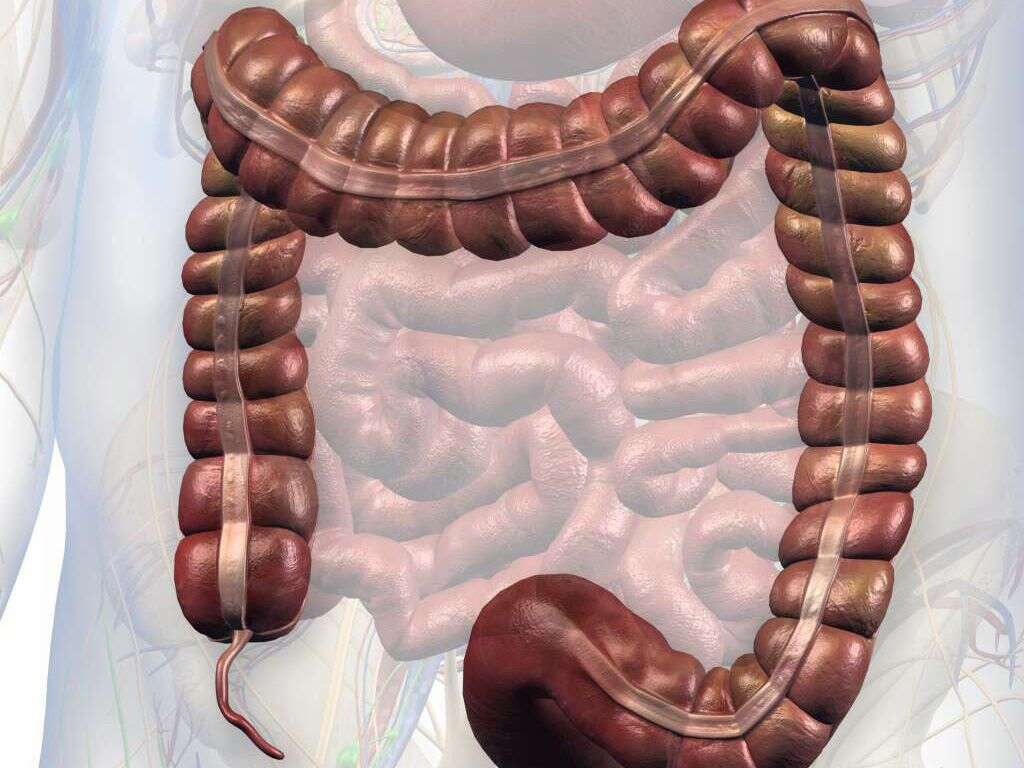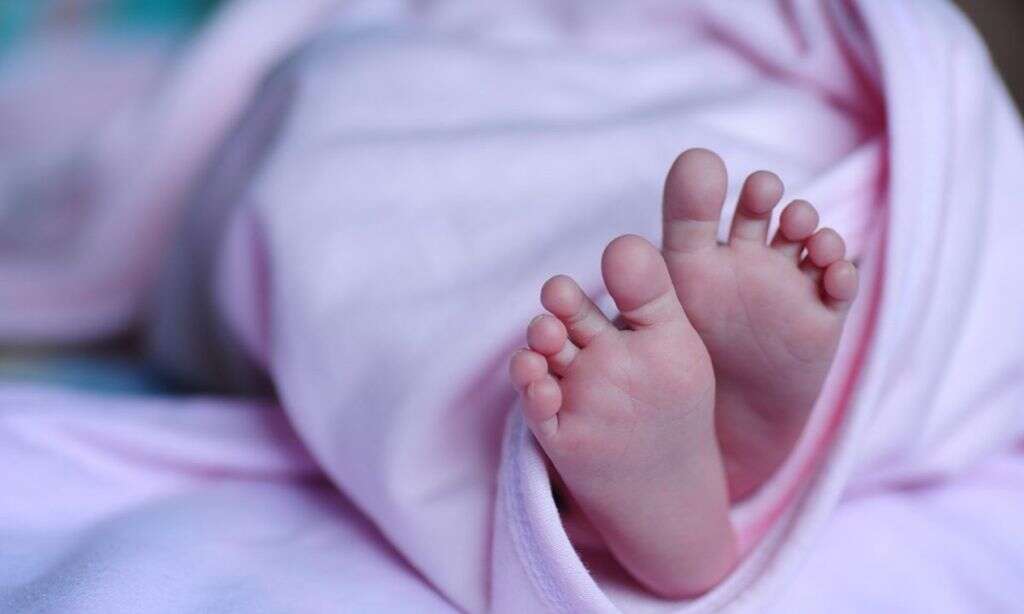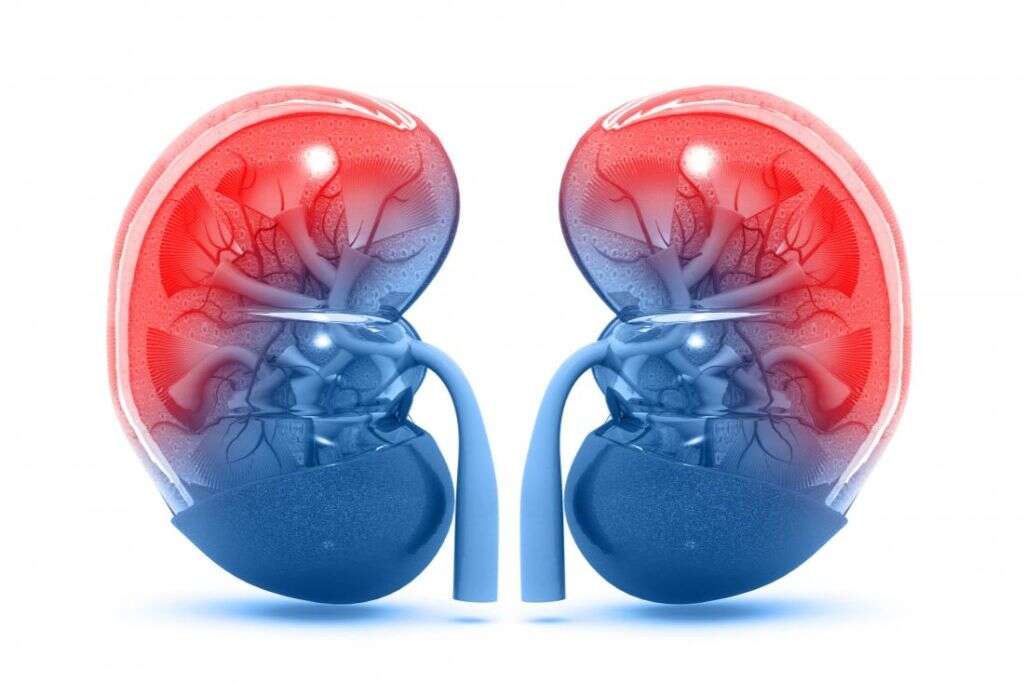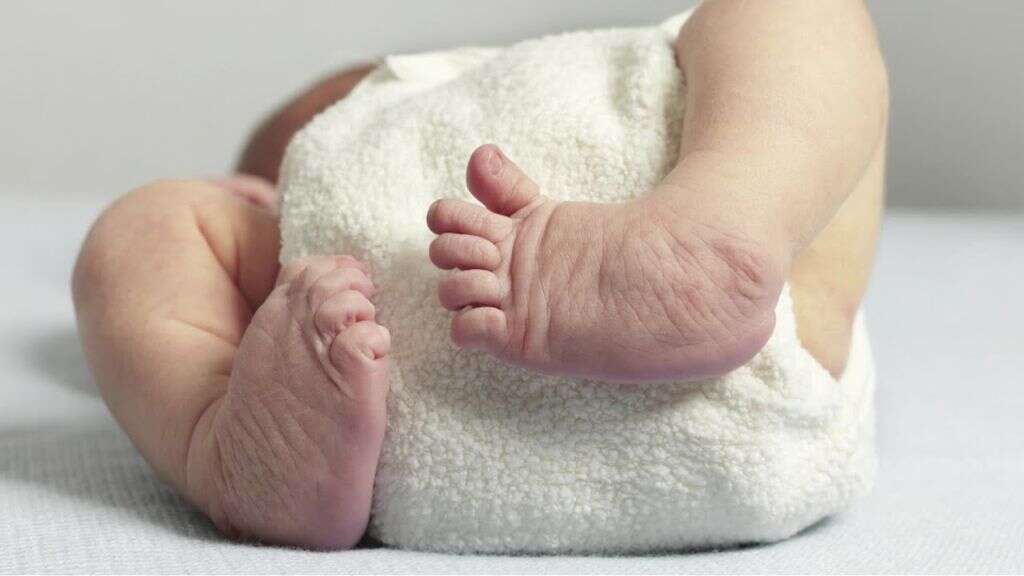What Is Prune Belly Syndrome?
Prune Belly syndrome is a rare disease that is usually present from birth (congenital). Also, some studies indicate that genetics may indeed be linked to its occurrence. This disease has also been found to predominantly affect males rather than females. The condition is known under several other names including the Triad syndrome, Eagle-Barrett syndrome, and Obrinsky syndrome. Here is more information on Prune Belly syndrome.

1. Weak or Absent Abdominal Muscles
If you have seen a prune, then you know how wrinkly it looks on the outside. This syndrome takes its name from the prune-like appearance of the belly of patients that are born with this disease. The absence or incomplete development of abdominal muscles causes the abdominal skin to form multiple folds and appear loose and thin. This abnormality is made much more obvious by the visible loops of the intestines. These deficient muscles can result in constipation and a poor cough mechanism. As a consequence, patients with Prune belly syndrome can report increased respiratory secretions.

2. Chest Malformation
The rib cage serves several important roles. It protects important organs in the thoracic cavity, offers support to the upper body, and aids in breathing. In Prune Belly syndrome, chest malformations can also be present. Patients can develop funnel chest or pectus excavatum deformity.
This malformation occurs when the sternum is pushed backward in relation to the ribs. Also, this malformation can be associated with lung hypoplasia or incomplete development of the lungs.

3. Limited Mobility
For anyone to be able to comfortably sit up or walk, there must be muscular support. Abdominal muscles play a very important role in enabling people to remain seated upright and move around. Because of the lack of muscles or very weak muscles in the abdominal area caused by Prune Belly syndrome, patients often need to get creative about sitting up.
They often have to roll on to their side and use their arms to push themselves up. Although many will eventually learn to walk relatively comfortably, this developmental milestone is often delayed. The support usually comes from a buildup of adipose tissue around the abdomen where muscle should be.

4. Undescended Testicles
About 95% of Prune Belly syndrome cases are male. Furthermore, a characteristic feature of this condition is bilateral cryptorchidism, which refers to undescended or maldescended testis.
Ideally, during development, the testes should eventually move from the abdominal cavity into the scrotal sac beneath the penis. Some theories propose that the overdistension of the bladder seen in this condition can prevent the descent of the testis. No matter the cause, if cryptorchidism is not resolved promptly it can lead to infertility later in life.

5. Bladder Enlargement
Another characteristic feature of Prune Belly syndrome is urological abnormalities. Usually, patients with this condition have megacystitis, which refers to an abnormal enlargement of the bladder. This condition is caused by a blockage in the distal urinary tract (i.e. prostatic urethra) that prevents the flow and exit of urine.
This causes the urine to flow backward into the bladder, causing its enlargement. However, the cause of this obstruction still remains unclear.

6. Other urological abnormalities
The blood is filtered in the kidneys. They remove waste material from the blood and channel it through the ureters into the bladder, where it will be excreted through the urethra during urination. Similarly, with what happens with the bladder, the kidney may also experience distension (hydronephrosis), especially if the ureters are abnormal or blocked.
The ureters are the passages that connect the kidneys to the bladder. In this condition, ureters can also be elongated, dilated (megaureters) and tortuous.

7. Malrotation
Patients with Prune Belly syndrome can also exhibit gastrointestinal system abnormalities. One example, though rare, is intestinal malrotation.
During development, the gastrointestinal tract of the fetus herniates out of the abdominal cavity and rotates counterclockwise around its major blood vessels (superior mesenteric vessels). Once it rotates to its correct place it returns to the abdominal cavity for fixation. However, in intestinal malrotation, there are variations in the rotation and fixation of the gastrointestinal tract of the fetus, leading to several acute and chronic complications. Complications of intestinal malrotation include midgut volvulus (torsion of the bowel), duodenal (small intestine) obstruction and internal herniation.

8. Clubfoot
It is not uncommon for patients with Prune Belly syndrome to exhibit musculoskeletal malformations. Bilateral clubfoot can be fairly common among patients with this condition.
Clubfoot refers to a condition that is usually present at birth, where the foot appears twisted or rotated internally at the ankle. It is also known as talipes equinovarus or congenital talipes equinovarus. Luckily, it does not cause any pain or discomfort at first, before the child starts to stand or walk. The condition can often be easily treated soon after birth, in some cases even without surgery.

9. Cardiovascular Abnormalities
Cardiovascular abnormalities can also occur in Prune Belly syndrome. They are reported in roughly ten percent of patients; the most common being tetralogy of Fallot and ventriculoseptal defects.
Tetralogy of Fallot (TOF) is a congenital condition that affects the structure of the heart. It is caused by a combination of four heart defects that include pulmonary valve stenosis (narrowing of the pulmonary valve), ventricular septal defect (“hole” in the wall that separates the ventricles), overriding aorta (aorta is shifted to the right and receives blood from both ventricles), and right ventricular hypertrophy (thickened muscular wall of the right ventricle). The result of these cardiac defects, is that blood that is low in oxygen flows out of the heart and to the rest of the body. Thus, children with this abnormality can have blue-tinged skin (cyanosis).

10. Stillbirth
Stillborn deaths occur when a developing infant dies in the uterus or at the time of delivery. The child must have completed at least 20 weeks gestation to be considered stillborn.
Birth defects like Prune Belly syndrome are among the leading causes of stillborn births. Because it is a genetic condition, it starts to affect the fetus in utero.












